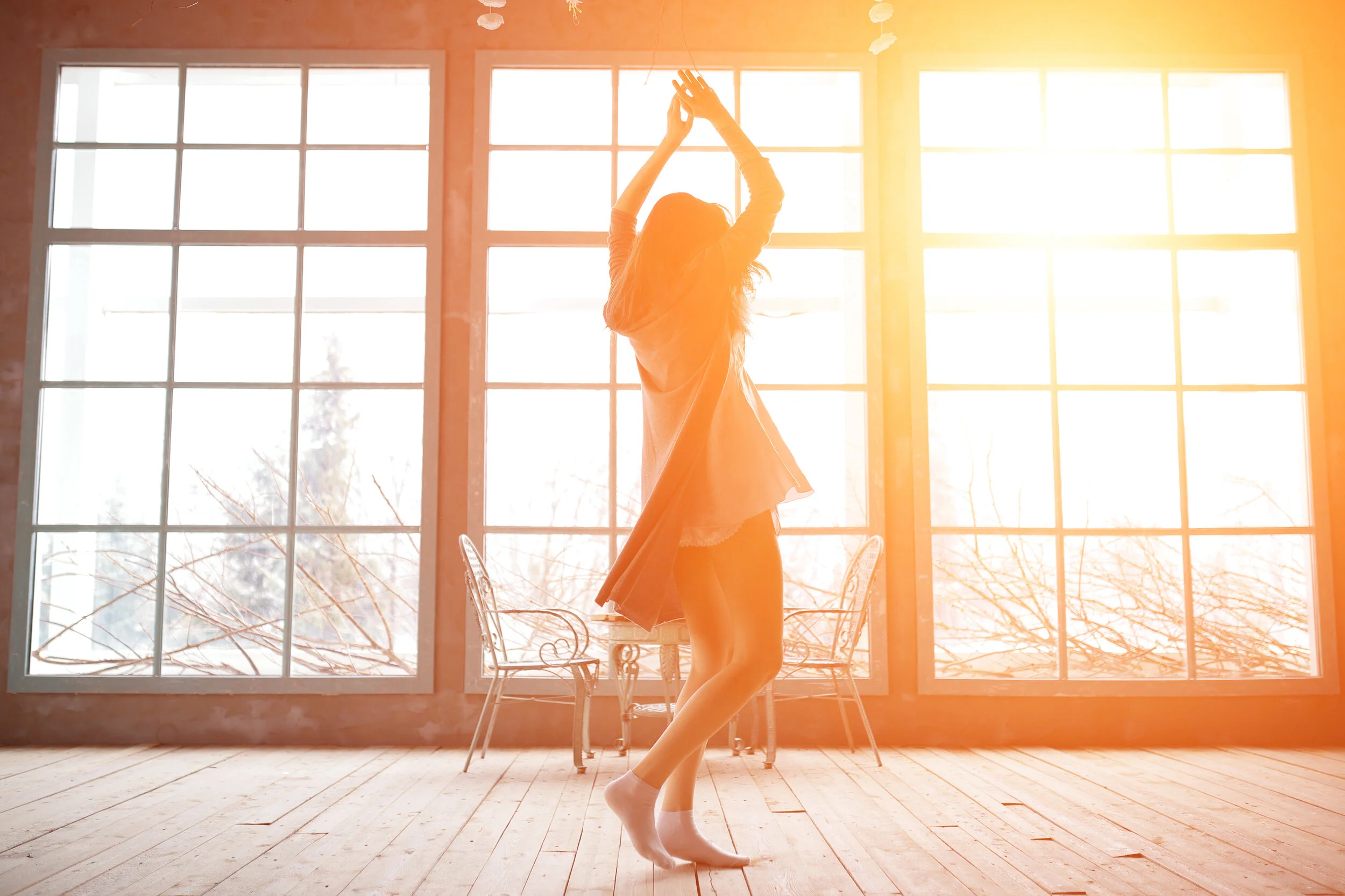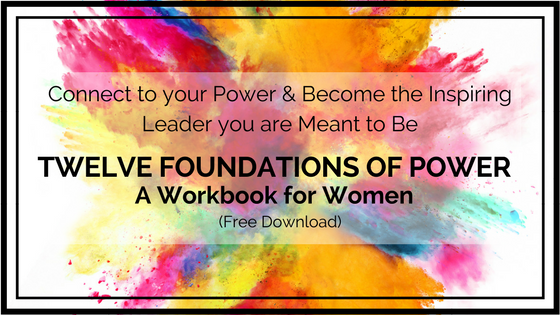We all know exercise is good for us. Here I want to share more about why not just exercise but a mindful, expressive (guided) movement practice is particularly supportive through these times.
Maybe you are someone whose stress levels have not actually gone up in the last weeks. If that’s you, that’s wonderful! For, me, though I don’t overly have reasons for my anxiety and nervousness to increase, I have still been feeling this at times. At times I wonder whether it is even my anxiety that I am experiencing or whether it is more my picking up on a sense of collective angst; an increase in the overall level of tension in society at the difficulty of less contact with others and the uncertainty of the future that every single one of us is facing. Either way, it doesn’t really matter. What does matter is that I do my utmost to keep my own system regulated, calm and vibrant. Here are two reasons why a movement practice is a powerful tool to do exactly this.
The first reason is because, different then conventional forms of exercise - running, weights, body-weight workouts, biking etc - a movement practice explicitly includes your emotional self and develops your emotional awareness. It does this for a few reasons.
First off, a mindful expressive movement practice doesn’t give you the outer structure of how to move but instead provides structure that forces you to investigate and listen into what is present for you. This very act of ‘feeling into the body’ is both an incredibly potent skill unto itself and also the foundation of emotional awareness. You can’t be fully present to the emotion you are experiencing unless you are experiencing (feeling, sensing) the fullness of its sensation-based presence in your body. Feeling emerges from the sensations in your body and how you are relating to these. Ample attention to the sensations of your body supports healthy emotional function.
Secondly, unless you can do the above - bring the entirety of your attention to the full manifestation of sensation that is the essence of what you are feeling - that feeling is going to get at least a bit ‘stuck’ for you. I see and hear a lot of mental health advice through this crises telling people that ‘feeling bad is normal’. While there is wisdom to this, because feeling alone or ‘wrong’ in your ‘bad’ feeling only serves to make it even worse, I think there’s harm in this advice. While feeling ‘bad’ at times is in fact a normal part of being alive, staying stuck in that emotional response - even if it is normal - is not healthy. Unfortunately, even knowing this, you cannot force feelings through! You instead need to create the conditions that support them to naturally move through, on their own. A conscious, mindful movement practice is a powerful tool to do exactly this.
My mentor in the realm of dance and movement - the remarkable Margie Gillis - has a brilliant line she often uses in her teaching (she has zillions but this one is particularly relevant here). “What are you doing? …do it more.” She will say. This encourages the student to listen in to what is present within them and to bring more of themselves into the expression of that feeling/quality/movement/shape. In doing this, the student feels into what is present for them and brings it more into physical expression and as a by-product, conscious awareness. This, again, supports it to shift and evolve on its own.
The other reason why a mindful, expressive movement practice is particularly useful through stressful times is because - if it is guided well - it creates the circumstances that mirror the ways humans move through feeling. Music plays a big role in this. There are ‘energetic patterns’ that support expression - for example, you would typically need to move into/through greater intensity, building your energy up, and even exhausting yourself a little, before being able to find/fall/surrender into genuine release. Gabrielle Roth tapped into and named this brilliantly in the creation and development of her 5Rhythms dance modality, now taught and loved the world over.
In this time of perhaps higher than average stress levels, it is particularly important to find ways to let your body match and express that same intensity physically that you might be experiencing inside. When I build the musical support/playlist for a class or online dance party, I’m carefully selecting the songs and building a progression to support the sense of natural cycle I mention above. I’m also, particularly in these times, consciously looking for some of the music I choose to have an intensity that can mirror and support the expression of ‘harder’ feelings like anxiety, panic and fear. Letting the body shake, wiggle, reach, convulse and hit shapes with the same intensity as that charge you may be feeling inside lets them express through your body and out and feels great.
If you are looking for a way to experience or try this out for yourself, checkout the free online dance parties or the Your Embodied Life membership program I offer. Would love to have you with us :).

